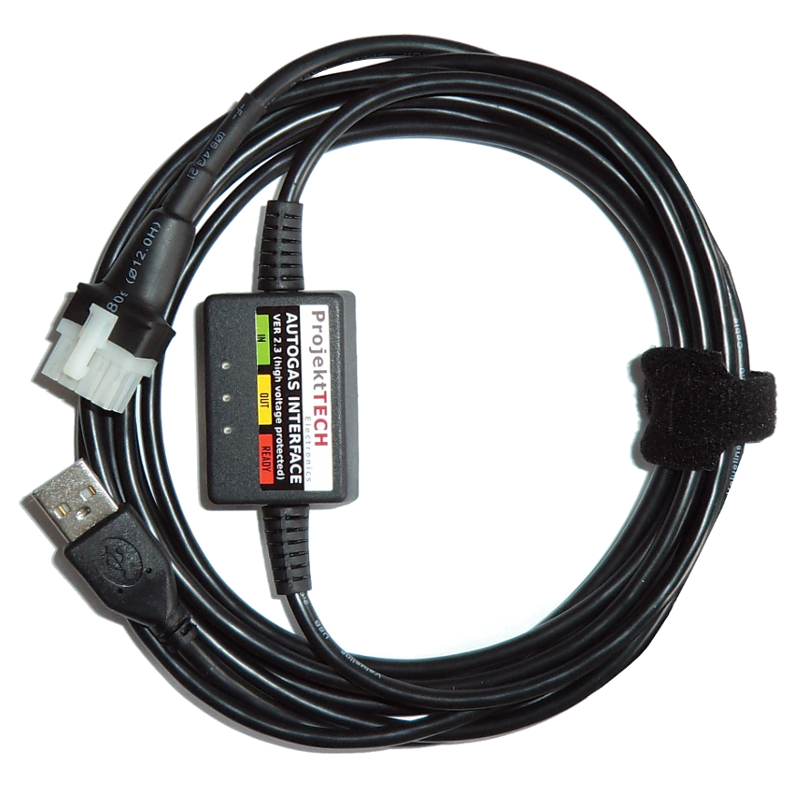4.1 Color
- Bigas Sequential Gis Software Tutorial
- Bigas Sequential Gis Software Developer
- Sequential Gis Bigas Software
- Gis Software Download
Author: Officina Bigas Created Date: 8:57:51 AM.
- A popular commercial GIS software is ArcGIS developed by ESRI (ESRI, pronounced ez-ree),was once a small land-use consulting firm which did not start developing GIS software until the mid 1970s. The ArcGIS desktop environment encompasses a suite of applications which include ArcMap, ArcCatalog, ArcScene and ArcGlobe.
- 'sequential gis' and 'sequential gas injection system' Description of Mark The trademark consists in the word 'Sequential' with, the acronym 'GIS' with an arrow passing underneath; below there is the wording 'Sequential Gas Injection System' and in a circle the letter 'N'.
- 4.3.2 Sequential color scheme. Sequential color schemes are used to highlight ordered data such as income, temperature, elevation or infection rates. A well designed sequential color scheme ranges from a light color (representing low attribute values) to a dark color (representing high attribute values).
Bigas sequential gis n software. More Apple Software Update 2.6.3.1. 84.2MB - Shareware - Apple Software Update is a software tool by Apple that installs. 4.3.2 Sequential color scheme. Sequential color schemes are used to highlight ordered data such as income, temperature, elevation or infection rates. A well designed sequential color scheme ranges from a light color (representing low attribute values) to a dark color (representing high attribute values). Author: Officina Bigas Created Date: 8:57:51 AM.
Each color is a combination of three perceptual dimensions: hue, lightness and saturation.
4.1.1 Hue
Hue is the perceptual dimension associated with color names. Typically, we use different hues to represent different categories of data.
Bigas Sequential Gis Software Tutorial
Figure 4.1: An example of eight different hues. Hues are associated with color names such as green, red or blue.
Note that magentas and purples are not part of the natural visible light spectrum; instead they are a mix of reds and blues (or violets) from the spectrum’s tail ends.
4.1.2 Lightness


Bigas Sequential Gis Software Developer
Lightness (sometimes referred to as value) describes how much light reflects (or is emitted) off of a surface. Lightness is an important dimension for representing ordinal/interval/ratio data.
Figure 4.2: Eight different hues (across columns) with decreasing lightness values (across rows).
Sequential Gis Bigas Software
4.1.3 Saturation
Saturation (sometimes referred to as chroma) is a measure of a color’s vividness. You can use saturated colors to help distinguish map symbols. But be careful when manipulating saturation, its property should be modified sparingly in most maps.
Gis Software Download
Figure 4.3: Eight different hues (across columns) with decreasing saturation values (across rows).